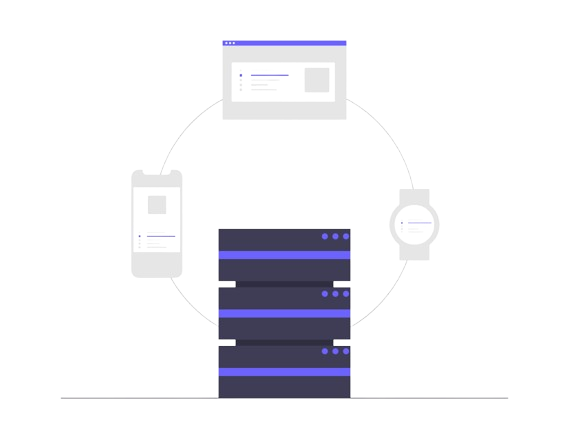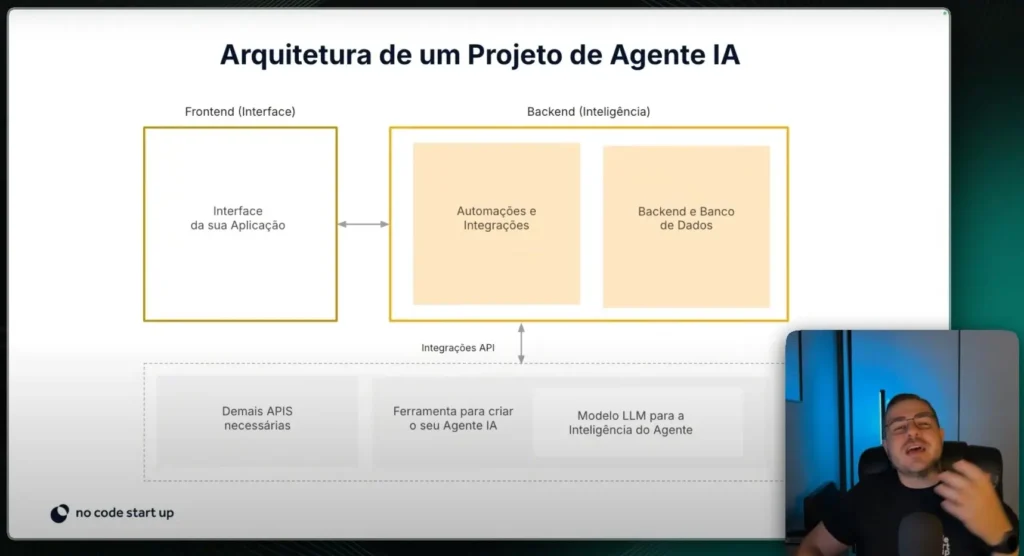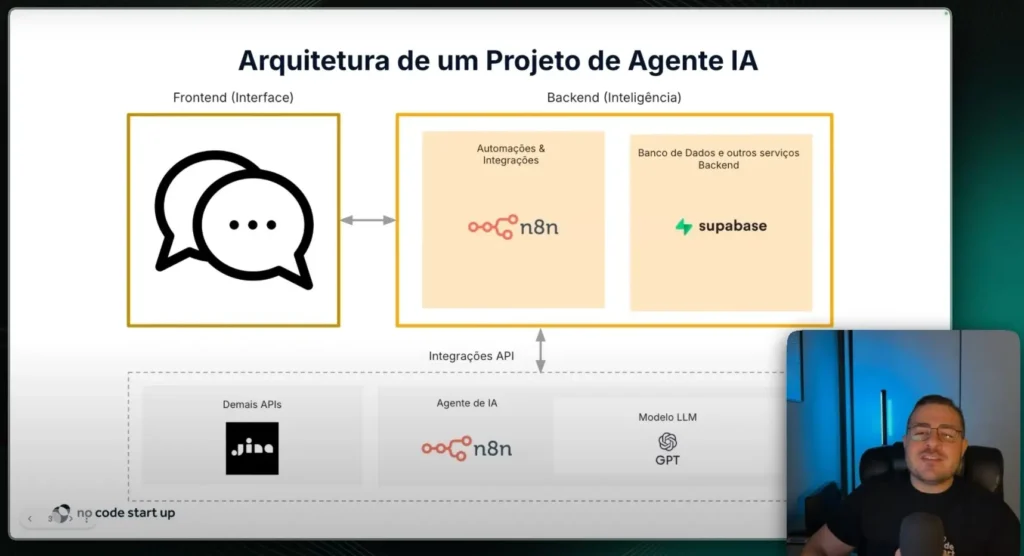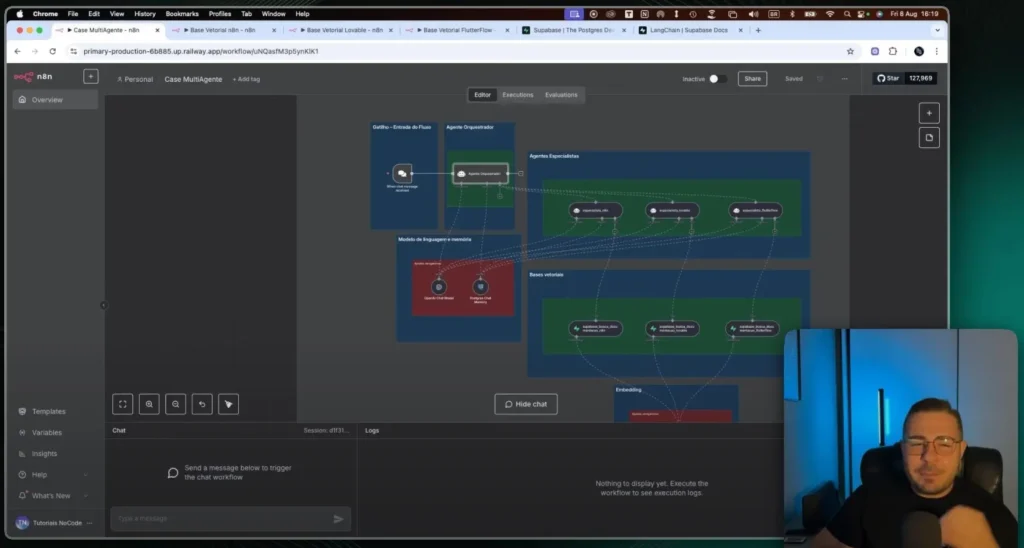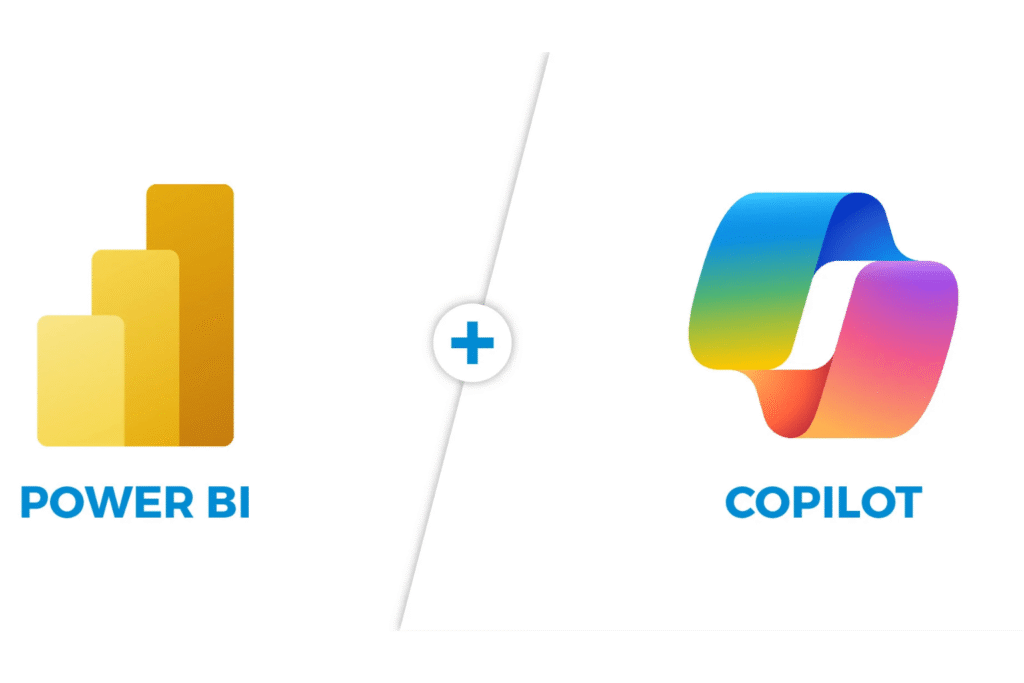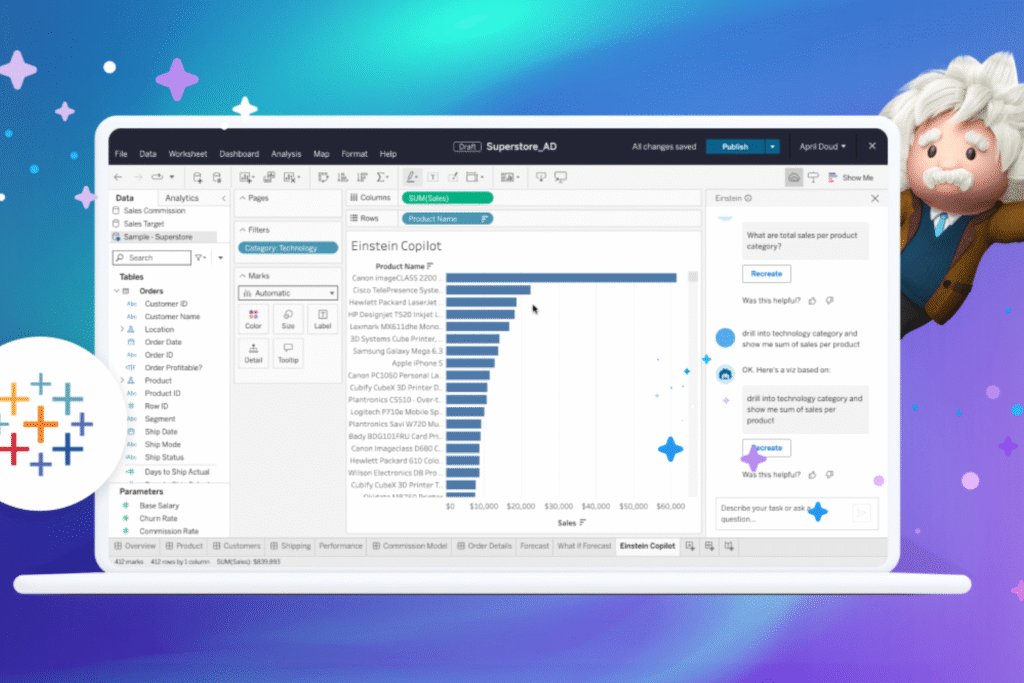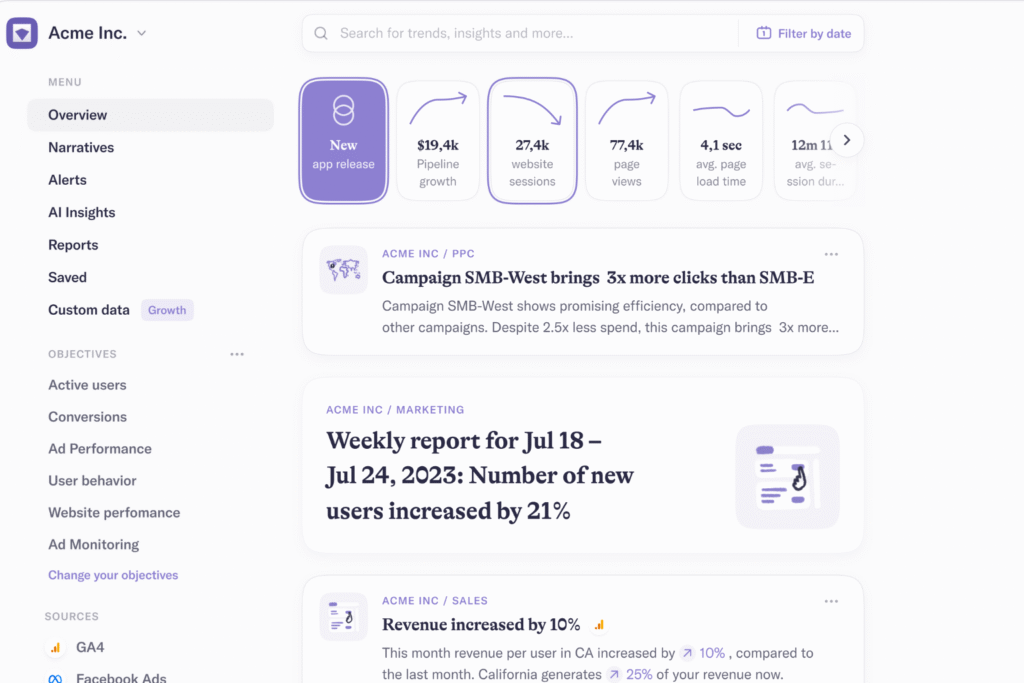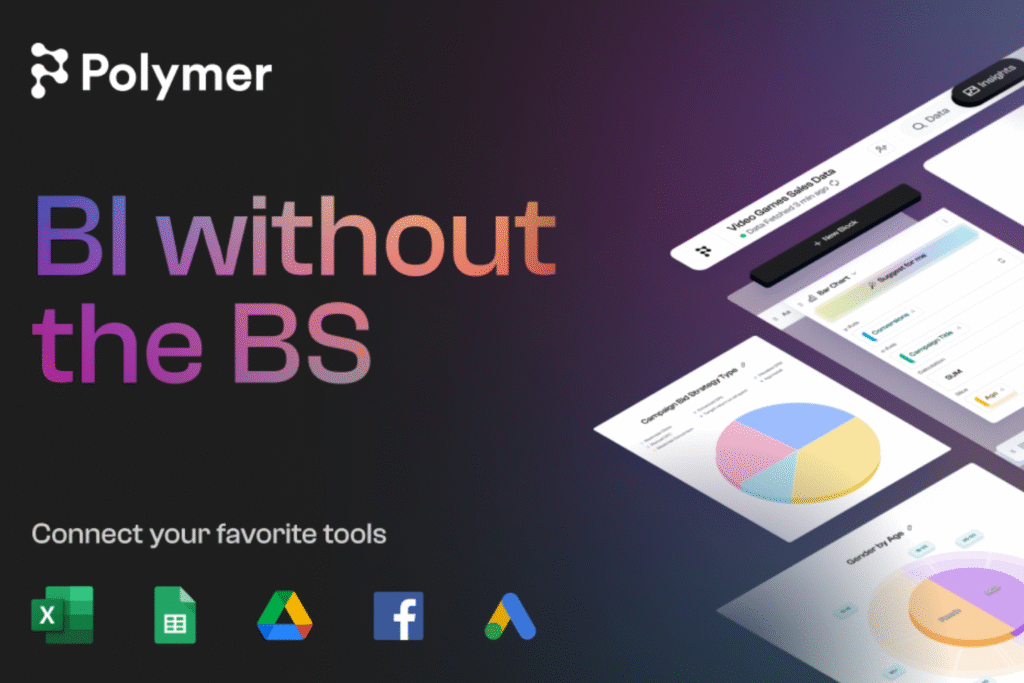Building scalable and secure applications today requires a robust backend infrastructure. However, for many developers, managing the complexities of servers, authentication systems, and storage can be a daunting task. This is where Supabase comes into play.
O Supabase é uma plataforma de Backend as a Service (BaaS) que oferece autenticação, banco de dados PostgreSQL, APIs automáticas e edge functions prontas para uso.
Ele é considerado por muitos como a alternativa de código aberto ao Firebase, mas com recursos avançados para quem precisa escalar projetos de forma profissional.
In this guide, we'll explore everything you need to know about Supabase, its key features, and how it can help developers streamline their workflow.
What is Supabase?
Supabase is a powerful, open-source alternative to Firebase, offering a database PostgreSQL gerenciado.
De forma a combinar recursos em tempo real, autenticação de usuário, armazenamento de arquivos e até mesmo funções sem servidor.
A plataforma foi projetada com o objetivo de simplificar o desenvolvimento de backend, ao mesmo tempo em que fornece a escalabilidade e segurança.
Ao contrário dos backends tradicionais, o Supabase lida com grande parte do trabalho pesado, oferecendo um backend gerenciado com configuração mínima.
Developers can focus on building their frontend applications while leveraging Supabase's backend capabilities through an API.

Why choose Supabase?
Supabase’s main appeal lies in its ability to provide developers with a robust backend that doesn’t require complex configuration or management. Traditionally, developers would have to deal with multiple configurations separately.
Supabase brings all of these features together into one cohesive package, reducing the need to juggle multiple services and tools. Another significant benefit is its open source nature.
While Firebase is a closed ecosystem with proprietary technology, Supabase is built with the best tools de código aberto, principalmente PostgreSQL.
Isso significa que você obtém a flexibilidade e a transparência do software de código aberto sem sacrificar os benefícios de um serviço gerenciado.
Now, let’s dive deeper into the key features of Supabase.
1. Leveraging the PostgreSQL database
At the heart of Supabase is PostgreSQL, one of the world's most popular relational database systems. PostgreSQL is a database that offers flexibility, scalability, and performance.
Supabase's decision to use PostgreSQL as its backend database allows developers to leverage the full power of SQL while benefiting from a stable and scalable infrastructure.
Some of the key features of Supabase's managed PostgreSQL database include:
- Advanced queries: Supabase supports complex SQL queries including joins, aggregations, and even full-text search.
- JSON support: PostgreSQL supports JSON data types, allowing you to work with both structured and unstructured data in the same database.
- Row-level security: With Supabase, you can implement fine-grained row-level access control, ensuring that users can only access the data they are authorized to see.
Additionally, the PostgreSQL database is fully integrated with the Supabase API, which means that every table you create in your database automatically generates RESTful endpoints to perform CRUD operations.
Therefore, this Instant API feature is a huge time saver for developers who would otherwise need to manually create endpoints to interact with their data.

Exemplo prático: criando uma tabela e acessando via API no Supabase
Imagine que você está construindo um app simples de lista de tarefas (To-Do List).
- Node Supabase Dashboard, você cria uma tabela chamada tasks com as seguintes colunas:
- id (inteiro, chave primária)
- title (texto)
- done (booleano, para marcar se a tarefa foi concluída)
- id (inteiro, chave primária)
- Assim que a tabela é criada, o Supabase automaticamente gera endpoints REST para interagir com esses dados.
Para buscar todas as tarefas:
GET https://SEU-PROJETO.supabase.co/rest/v1/tasks
Para adicionar uma nova tarefa:
POST https://SEU-PROJETO.supabase.co/rest/v1/tasks
Content-Type: application/json
{
“title”: “Estudar Supabase”,
“done”: false
}
- O controle de acesso pode ser configurado diretamente no painel, usando Row Level Security (RLS).
- Exemplo: cada usuário só pode visualizar ou editar suas próprias tarefas.
- Exemplo: cada usuário só pode visualizar ou editar suas próprias tarefas.
Isso significa que, em poucos minutos, você já tem um banco de dados relacional completo, com API pronta para uso, autenticação integrada e segurança em nível de linha, sem precisar programar o backend manualmente.
2. Seamless API Integration with Supabase
Um dos principais pontos fortes dessa ferramenta é sua abordagem API-first. Os desenvolvedores podem interagir com o backend exclusivamente por meio de uma API RESTful.
Assim, isso facilita a integração do Supabase com diferentes tecnologias de frontend, como React, Vue, Angular e Next.js.
Essa dissociação do frontend do backend permite maior flexibilidade, facilitando a troca ou atualização de estruturas sem precisar revisar todo o backend.
Dessa forma, com a API da Supabase, você pode executar operações CRUD, gerenciar autenticação de usuários e lidar com uploads e downloads de arquivos. Tudo isso sem precisar escrever código complexo do lado do servidor.
The API is also well documented, making it easy for developers to get started. So whether you’re an experienced developer or just starting out, the straightforward documentation and SDKs make Supabase accessible and quick to implement.
Exemplo prático de uso com React
Imagine que você está desenvolvendo um site em React para uma comunidade de cursos online.
Com a API do Supabase, você consegue:
- Gerenciar usuários: cada aluno cria sua conta e faz login usando email ou Google, tudo controlado pela autenticação do Supabase.
- Listar conteúdos do curso: as aulas ficam armazenadas no banco de dados PostgreSQL e são exibidas automaticamente no frontend em React.
- Salvar progresso: quando o aluno marca uma aula como concluída, essa informação é registrada direto na API do Supabase, sem precisar criar um backend separado.
- Armazenar arquivos: PDFs ou materiais de apoio ficam no storage do Supabase e podem ser acessados pelos alunos via links seguros.
Assim, o React cuida da interface e o Supabase entrega o backend completo via API (login, dados e arquivos) sem que você precise programar servidores.
3. User authentication made easy
Implementing user authentication is one of the most time-consuming and error-prone aspects of backend development. Supabase simplifies this process by providing a comprehensive, integrated authentication system.
This way, developers can implement secure user registration, login, and session management with just a few lines of code. Supabase supports multiple authentication methods, including:
- Email/Password: Traditional login with email and password.
- Social Logins: Authentication through popular services like Google, GitHub, and others.
- Magic Links: Password-free login via email.
In addition to handling login and registration, Supabase's authentication system also supports password resets, email verification, and JWT-based session management.

4. Real-time data synchronization
Real-time functionality is becoming increasingly important in modern applications. Supabase excels in this area by providing real-time data synchronization through PostgreSQL replication.
Portanto, com o Supabase, você pode facilmente criar aplicativos que reagem a alterações no banco de dados em tempo real.
Por exemplo, se você estiver criando um editor de texto colaborativo, poderá usar o sistema de eventos baseado em WebSocket para garantir que todos os usuários vejam as atualizações.
This feature is possible without any complex setup or configuration. So once your database is connected to Supabase, you can start listening for changes in real time using the client libraries.
5. Hassle-free file storage
In addition to handling database operations, Supabase also offers file storage. This feature is especially useful for applications that need to store and manage user-generated content.
O sistema de armazenamento do Supabase é seguro e vem com políticas de controle de acesso integradas. Você pode criar buckets públicos e privados para gerenciar seus arquivos.
Além disso, a API do Supabase permite que você carregue, baixe e exclua arquivos facilmente de forma programática.
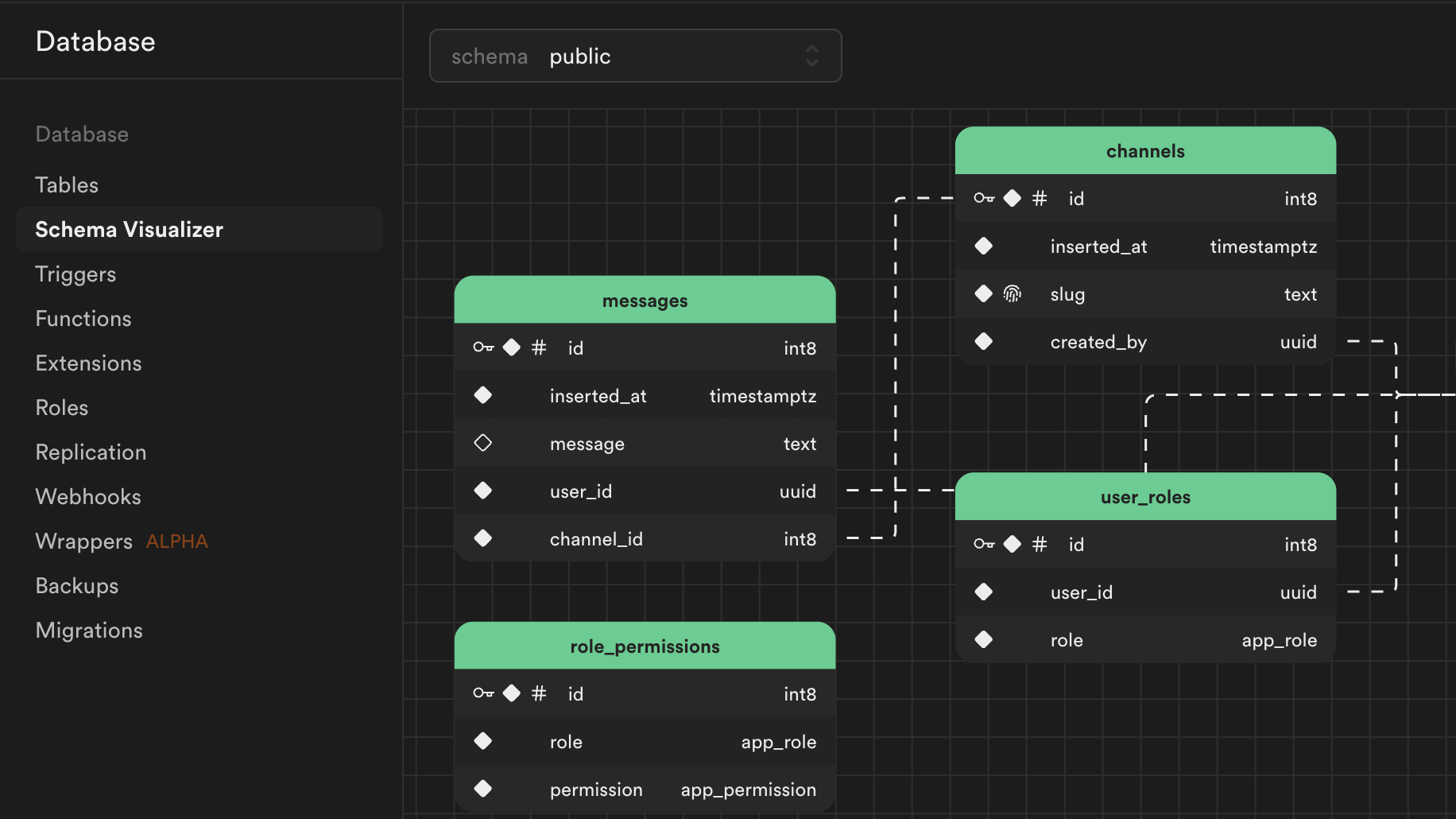
6. Supabase Edge Functions for Serverless Execution
A ferramenta também oferece suporte a Edge Functions, que são funções leves sem servidor que são executadas na borda, perto de seus usuários.
Essas funções oferecem execução de baixa latência, tornando-as ideais para tarefas que precisam ser executadas de forma rápida e eficiente.
Assim, com as edge functions do Supabase, você pode escrever lógica personalizada do lado do servidor em JavaScript ou TypeScript e implantá-la diretamente no Supabase.
Este recurso é especialmente útil para tarefas como processamento de pagamentos, envio de e-mails transacionais ou transformações de dados.
7. Scalability and security
As your application grows, Supabase scales with you. Because Supabase is built on PostgreSQL, it is designed to handle large volumes of data and high levels of concurrent traffic.
A segurança é outra consideração importante para qualquer backend, e essa ferramenta implementa as melhores práticas para criptografia de dados, autenticação e controle de acesso.
Dessa forma, quer você esteja gerenciando dados confidenciais do usuário ou protegendo uploads de arquivos, o Supabase garante que seu aplicativo permaneça seguro e protegido.

Vale a pena usar o Supabase?
O Supabase é uma ferramenta incrivelmente poderosa para desenvolvedores que desejam simplificar o desenvolvimento de backend e ainda ter acesso a uma infraestrutura escalável, segura e rica em recursos.
Ao oferecer um banco de dados PostgreSQL gerenciado, autenticação de usuário, sincronização em tempo real, armazenamento de arquivos e funções de ponta, essa ferramenta fornece uma solução abrangente para a construção de aplicativos modernos.
So, if you’re looking for an open-source alternative or simply want to simplify your backend development, Supabase is definitely worth exploring.
Finally, if you want to know how to get the most out of this tool, you need to be part of the NoCodeIA Training! Come and discover everything about the world NoCode with us!
FAQ – Perguntas Frequentes
Para que serve o Supabase?
O Supabase serve para criar o backend de aplicações modernas com banco de dados, autenticação, APIs e armazenamento, tudo pronto sem precisar programar o servidor do zero.
O Supabase é gratuito?
Sim, tem um plano gratuito com limites de uso, ideal para projetos pequenos ou testes.
Qual é melhor, Firebase ou Supabase?
Depende do projeto: o firebase é ótimo para apps rápidos e NoSQL; o Supabase é melhor para quem quer SQL (PostgreSQL) e mais flexibilidade.
